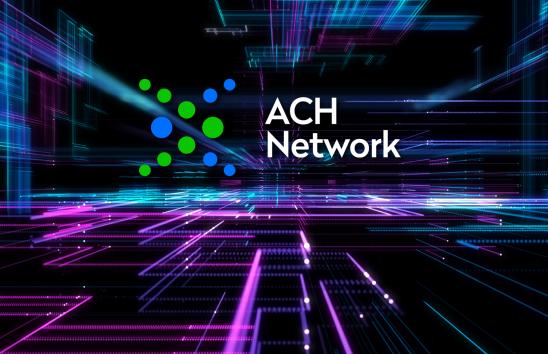IFX Standard Framework
Afinis
The IFX standard uses a service-oriented architecture (SOA) framework for interactions between businesses and applications. The framework exposes obvious design patterns, standard abbreviations and common message handling techniques that make it easy to work within any business or technical setting. New capabilities can easily be incorporated that are immediately compatible with those previously defined. Be sure to visit the Standard Content page to understand the wide variety of business capabilities supported in the Framework.
Key Concepts
Built with the recognition that every business superimposes its own unique practices on any standard, the framework allows for customization and extensibility while adhering to strict design principles needed for large-scale interoperability.
The IFX standard has been built for platform and technology independence and cross-industry applicability, based on a rich set of common objects, a reliable request-response message protocol and a consistent service-oriented architecture.
The following concepts are key to understanding the IFX framework.
- Network-connected endpoints are assumed not to be necessarily managed by a single entity.
- The Request-Response Message Protocol is strictly followed to ensure reliability in stateless environments common to internet communications.
- IFX Common Object definitions include reliable identification of individual objects and the service or service provider that “owns” them.
- Design patterns and naming conventions are consistently applied.
Object Model
The IFX Specification content covers a broad range of capabilities necessary for most core banking functions, including account management, customer management, statements, authorizations, loans, payments, checks and much more.
The foundation of the IFX Specification includes a set of common objects that can be used across multiple types of financial services. This facilitates the implementation of cross-service applications. A financial institution that wants to offer multiple services (such as banking and insurance) that may be located in different business units can readily take advantage of the common object definition to unify the disparate systems.
Another significant advantage of the IFX Object Model is that it offers an easy-to-understand common reference for mapping your data and your partners’ data to the standard.
Request-Response Message Model
All data exchanges are handled with a reliable request-response protocol. Predefined messages and message formats simplify initial understanding and later extensions.
The messaging framework includes message header information that facilitates:
- Message routing in SOA environments
- Message routing to-from service provider partners
- “Blind routing:” i.e., route messages based on header without inspecting message details
- Multiple security and authentication credentials per message
- Combining messages to perform common operations in a single step
All response messages include status indicators to maximize reliability.
Services, Service Providers
The IFX Framework is based on the key concept that Service Providers offer Services to clients. Clients may be customers (i.e.,Party), applications or other Service Providers.
The participating entities in an IFX-enabled solution can be separate financial institutions, corporations, devices, customers or service providers of many varieties all of which may or may not have pre-established relationships with each other, may or may not reside within the same corporate walls, and may not even be located within the same country. Nevertheless, transactions must be reliably directed to and from service end-points with proper authentication, predictable error-handling and auditable results. The IFX standard supports all of this with its Service Oriented Architecture.



